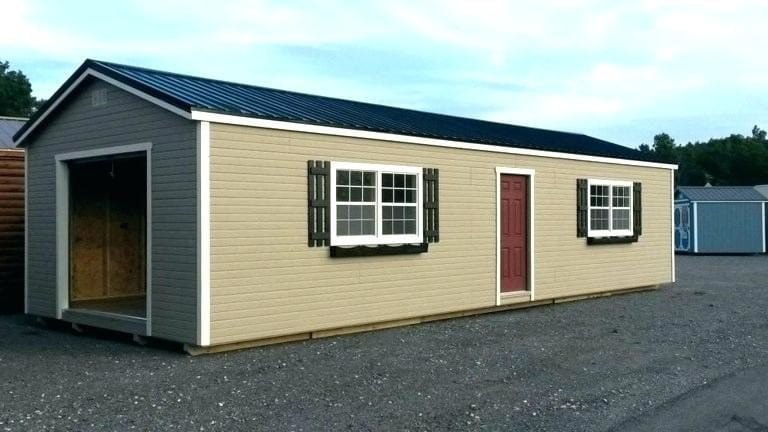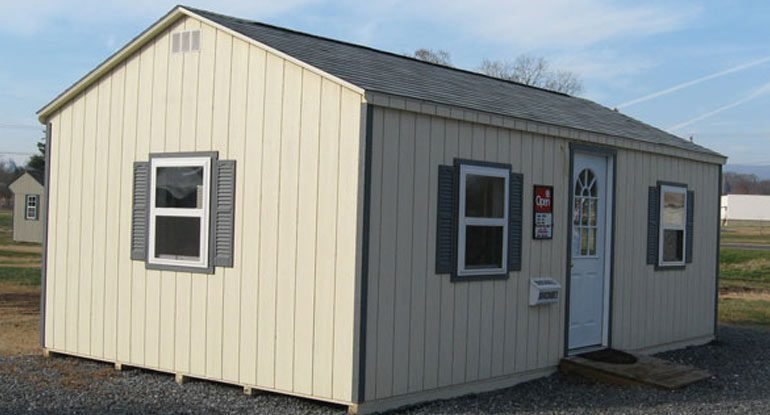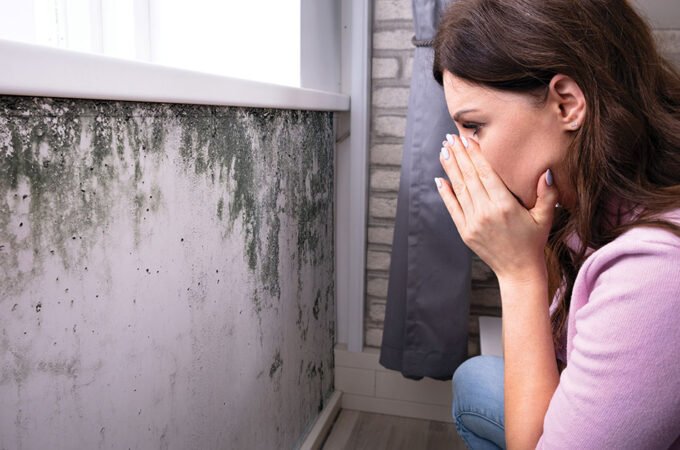
6 Things to Consider When Choosing a Prefabricated Shed
Prefabricated buildings today are a far cry from the generic structures that became popular in Postwar Australia. These days, even a prefab garage or garden shed can be made to the same level of precision, durability, and sophistication needed to create sheds for major industrial and commercial purposes.
While generic storage solutions are no longer desired, when it comes to prefab sheds, it does mean that more care has to be given when ordering them if you want to get the most value for your money.
Here are a few things to think about that will help you get the most out of your next prefabricated shed.
Table of Contents
Toggle1.) Main purpose
A shed meant for keeping horses will not work as well when you use it as a garage or as a residence. As with any other structure, the major design elements of a prefabricated shed need to be determined by their specific purpose.
It’s worth keeping in mind that some prefabricated shed makers in Western Australia are willing to work with you on choosing specific models, customisation, or even designing one uniquely suited to your needs.
2.) Unique use patterns
Knowing “how” your shed will be used can, therefore, be almost as critical as knowing what it will be used for. Even if a shed is designed to work well for a given purpose and is engineered to stand up to the rigours of a given climate, that does not necessarily make it better for your unique needs.
Before you order a shed, it helps to envision to go beyond its main purpose and envision how exactly you’re going to use it. A shed that will only be used for long term storage will have to be designed quite differently from one that requires frequent access. Sheds that are meant to be freestanding structures will likewise have different design elements compared to ones that are meant to be connected to existing buildings.

This recognition of different users having different needs is why the best-regarded prefabricated shed makers are moving away from a business model that focuses on mass production to one that makes “mass customisation” a reality.
3.) Climate requirements
Your shed should be built to match whatever climate it’s expected to encounter. In Western Australia, this usually means that it should resist deterioration due to sunlight, and in areas around Perth, humidity. Both of these are major factors in the deterioration of structures in populated areas of WA.
However, sunlight and humidity are not the only things to consider. Western Australia is usually thought of as a vast desert. While it’s true that much of the state is desert, WA is quite a large state, and with a wide diversity of climates and biomes. There are savannas up north, as well as subtropical wetlands, Mediterranean, and Oceanic climates. Even WA residents might be surprised to know that snowfall is a regularly-occurring event in the state as well, albeit in just a few elevated areas.
Wherever you’re planning to set up your shed, be sure to account for the climate conditions specific to the area.
4.) Insulation
Sheds were once mostly uninsulated structures that could at different times get sweltering hot or freezing cold. Today, regardless of where you’re setting up your shed, it’s important that you invest in the right type of insulation if you want it to perform better and last longer.
The right insulation can help maintain an ideal temperature in your shed, critical for preventing the premature deterioration of whatever you’re storing inside. Insulation also reduces the amount of energy necessary to cool or heat the shed, lowering your operating costs and helping the shed to be more environmentally sustainable.
5.) Light and airflow
The types and dimensions of windows and doors in the shed will have to be in line with the expected climate, purpose, and use patterns. If you want the shed to save energy or admit a certain amount of natural light, it may affect the placement and use of windows, doors, as well as any ducting and lighting solutions in the shed.
6.) Cost-to-performance ratio
Cost-savings are, of course, the biggest reason to get a prefabricated shed. However, it doesn’t always follow that the cheapest shed you can get offers the best value. Western Australia’s harsh climate can be exceedingly harsh to many imported prefabricated sheds that are simply not designed to keep up with WA’s unique conditions.
In most cases, it is local makers that offer the best value for prefabricated sheds, as their offers tend to be engineered to cope with local conditions, allowing them to last much longer.
For prefab sheds Perth and WA residents trust, contact Spinifex Sheds. This Kelmscott-based business has been working closely with customers since 2010 to build truly exceptional prefabricated sheds that stand up to harshest environments and working conditions WA has to offer.






